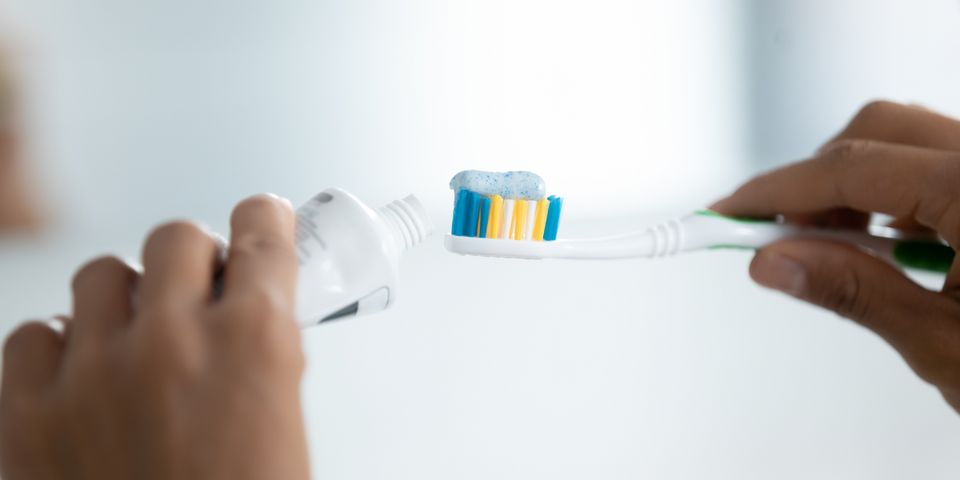What's Toothpaste Abrasivity & How Does It Impact Dental Health?

Designed to scrub away decay-causing plaque, toothpaste is one of the most important tools for oral hygiene. But while it’s critical to brush with toothpaste, it’s important to note that not all products are the same. In particular, these products can contain varying levels of abrasivity, a measurement of how hard it is against enamel. To shed more light on this topic, here’s a quick guide to toothpaste and how it impacts your dental care.
How Is Abrasivity Beneficial for Oral Hygiene?
Toothpaste contains a variety of ingredients to deliver an effective clean. Common abrasive ingredients include calcium carbonate, hydrated silica, and sodium metaphosphate.
During brushing, these abrasive elements help break up and scrape away bacterial plaque that's stuck to the teeth and gums. Without this action, plaque will remain on the enamel. Over time, acids produced by the bacteria will wear the teeth, causing cavities, gingivitis, and other complications to develop.
Abrasive elements are also excellent at removing dental stains that food and drink items left behind. As such, products that promote teeth whitening tend to be slightly more abrasive than standard toothpaste.
What Are the Risks of Overly Abrasive Toothpaste?

If you brush with a dental product that is too abrasive, you may experience asymmetrical enamel wear, which may impact the look of your smile. If you have dental sensitivity, highly abrasive toothpaste may irritate the gums and teeth, making your oral hygiene routine uncomfortable.
For example, you may experience a tingling or sharp sensation while brushing. In some cases, these products may also contribute to gum bleeding.
Which Level of Abrasivity Is Right for Me?
The American Dental Association uses the RDA scale to measure the relative dentin abrasivity of toothpaste. Products that have an RDA below 250 are recognized to be safe and effective for lifetime dental care.
Toothpaste with an ADA Seal of Acceptance is tested to ensure they don’t exceed the 250 RDA limit. However, most packages won’t list the product’s specific RDA. To figure out the RDA of your product, contact the manufacturer, conduct an online search, or consult your dentist.
Your dentist can also recommend a product with the best RDA for your specific concerns. For example, a high RDA toothpaste may be better if you want to whiten teeth, but a low RDA toothpaste may be more appropriate if you have dental sensitivity.
If you want to optimize your oral hygiene, bring your smile to St. Clair Dental Center in Anchorage, AK. This team is led by Dr. Richard Wells Mittelstadt and will conduct a comprehensive oral exam to determine which products and practices are best to protect your teeth and gums. Visit thiem online to learn more about their treatments, or call (907) 272-9214t o schedule an appointment.
About the Business
Have a question? Ask the experts!
Send your question

